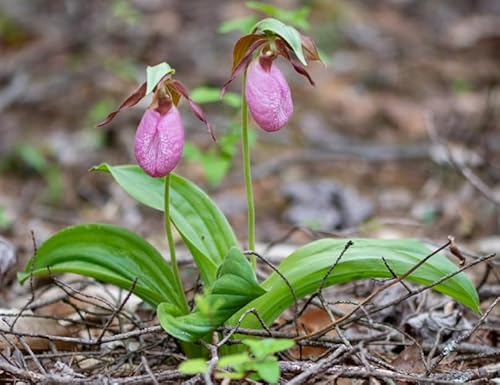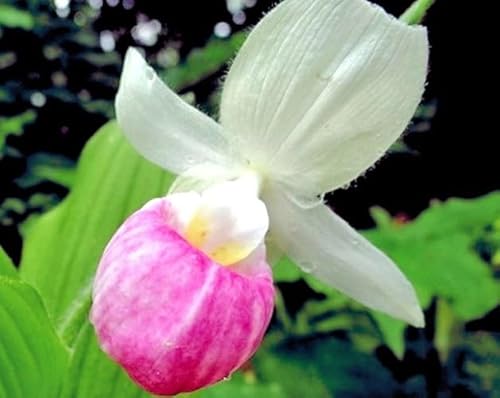I will start off with saying that I do not think 9-12 months of reduced phosphorous is enough time to show as a deficiency like this.
I understand your point. But remember also that inorganic media + frequent Florida downpours, if there was a situation that would show a deficiency quickly, this would be it.
When you say older do you mean last seasons leaves or from several seasons back? Of the leaves that drop are they always the oldest leaves on the plant?
I mean pre 2012 growing season. So not the leaves that matured on last summer's growth. No they are not always the oldest, sometimes yes sometimes no. No clear trend with that.
When second year growth has, is it on plants with a lot of bulbs or only a few?
Both
On th Dends... when the leaves fall do all leaves on the stem fall?
Yes eventually. With the Dens it's a slower process. But my evergreen Dens are ones with long bloom life.
For the Catt plants, it's a range of old to new. Some plants are in 4 inch pots, some are in 10 inch pots. Some plants have 5 - 6 p'bulbs, some have at least 30. I'm discounting seedlings here, as no problems, but no blooms either on them. So I don't have an answer to this question that really covers it accurately.
You do have an answer.... It does not effect the immature plants. The leaf loss is only on mature plants and only on growths that have already bloomed or never will bloom. This is pointing to a trend of the plants simply turning off un-needed dependent stems.
So growth and bloom have improved and what you are concerned about is the loss of older plant parts.
1. I don't think you have a plant health decline problem.
2. I think your plants are growing better and they do not need the old parts any longer. Why waste time sending water to leaves and stems that offer nothing towards the plants reproduction?
3. The red color of the leaves before they fall off may very well be an indication of improved plant health. Certainly we can't assume when a leaf turns red and falls off the plant is not healthy. Many plants leaves turn colors before they are dropped.
4. Plants with rhizomes migrate... the new growth moves away from the old. This happens so the plant can change locations and acquire more nutrients. As the plant moves away from the old growths that have already done their cycle(reproduction) there is no need to keep the old parts active so less nutrients flow the distance and all resources are used in the new reproductive parts that are traveling away. This will happen even when there is plenty of food...the plant uses the food for new growth not to support old used up leaves.
I understand what you are saying here, I'm just not sure I like it 
Please pictures really help.
I'm just giving my opinion but I don't think you have a problem. What I think is that your plants are growing better. Ask yourself what is better, a pot full of old leaves and 3 small flowers or a pot with fewer leaves and 6 big flowers?
I'm making an educated guess that I' expect someone to disagree with but with what you have said so far I think your red leaves are an indication of improved growth. I would not add more Phosphorous as long as the new growths are good and the bloom is good.
Well to answer your question, I want a pot full of 6 big flowers and full of beautiful old green leaves  Picture me stamping my foot, hands on hips and saying I want both And to be serious, we have all seen beautiful large plants full of leaves and flowers, so we know it's possible. If I don't get both, however am I going to get a CHM? I'm going to have to spend some time thinking about what you wrote here.
Picture me stamping my foot, hands on hips and saying I want both And to be serious, we have all seen beautiful large plants full of leaves and flowers, so we know it's possible. If I don't get both, however am I going to get a CHM? I'm going to have to spend some time thinking about what you wrote here.
And as far as the red leaves go.... see them as pretty red leaves saying goodbye and thanking you for the wonderful dinner.

Now I reserve the right to change my mind after I see your pictures!










































